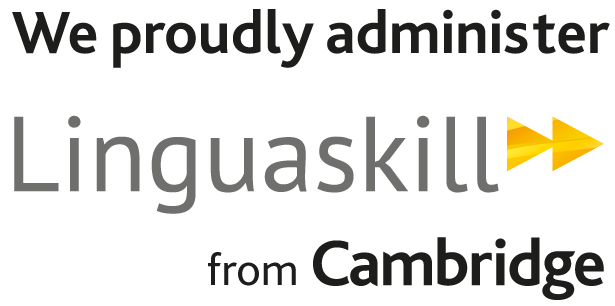EASTER SYMBOLS
EASTER SYMBOLS: meaning and examples
I hope you had a wonderful weekend! Some of you have begun your Easter holidays (Semana Santa). Others will have to wait until next Friday to begin their long Easter weekend.
Since many of you are on holiday, this will be a short week for the Daily Vitamin (Monday-Wednesday), which will be dedicated to Easter. Easter, as you probably know, is a Christian holiday which celebrates the resurrection of Jesus Christ. It includes Good Friday, Easter Sunday and Easter Monday. However, in many English-speaking countries it is celebrated with secular symbols and customs. Let's look at the two most popular symbols.
The Easter Bunny
The Easter Bunny is a mythical rabbit that delivers chocolate eggs and sweets (candy) to children. He carries these treats in a basket. The rabbit is probably used as a symbol of spring.
Easter Eggs
Easter eggs, a pagan symbol of new life (also related to the spring season), are hard-boiled eggs that are painted in different colours and patterns. It's lots of fun to paint the eggs with children and if you use food-based dyes, you can eat them afterwards.
Nowadays, many Easter eggs are made of chocolate. Easter egg hunts are very popular - adults hide small chocolate eggs in the garden or around the house, and the children have to look for the eggs.
There are other popular games with eggs, such as the Egg Roll, where you have to push an egg across an expanse of grass (a lawn). For more about egg rolling, you can visit this Wikipedia description: http://en.wikipedia.org/wiki/Egg_rolling
Would you like to try a new Easter custom this year? Why not try decorating your own Easter Eggs? This website has some easy instructions.
http://www.safefood.eu/Healthy-Eating/Seasonal-features/Decorate-your-own-Easter-eggs.aspx
Have fun preparing for Easter!














